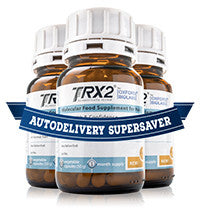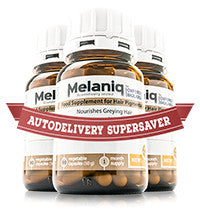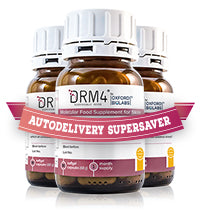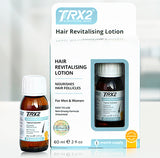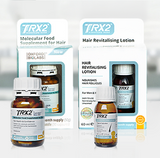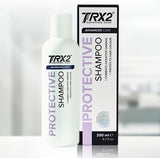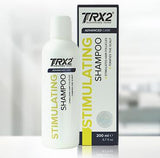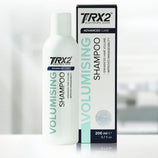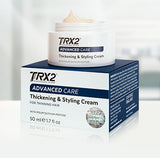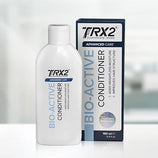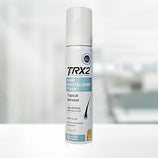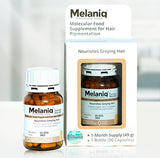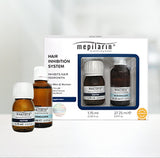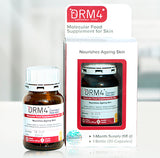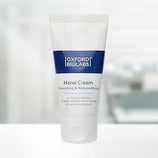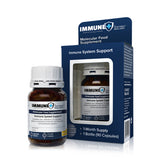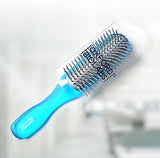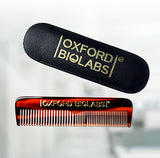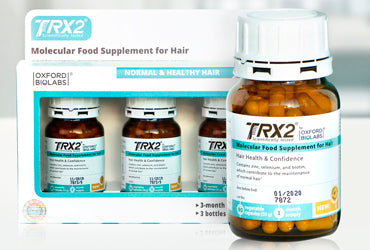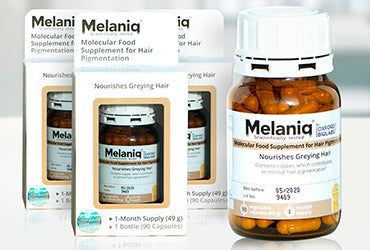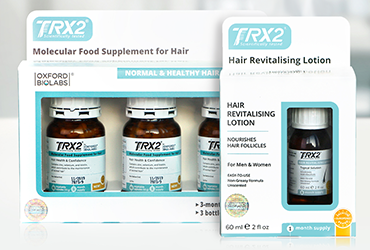What causes dandruff and how can it be treated?
Dandruff isn’t contagious or dangerous in any way. It is, however, damaging to self-perception and self-confidence because of the stigma surrounding the white flakes. Understanding dandruff and why it occurs is relatively complex, because beneath the banal surface, dandruff can be as hard to treat as hair loss.
What is dandruff?
Dandruff is a mild form of seborrheic dermatitis, a skin disorder that’s also known as seborrheic eczema, or seborrhea. Essentially, it’s a chronic inflammation of the skin that causes:
- Red, inflamed skin
- Itchy skin
- Oily skin
- Scaly/Flaky skin
Dandruff is characterised by white to yellow dispersed flaking on the scalp and hair without redness. It may or may not be accompanied by itching of the scalp, and can spread to the hairline and eyebrows.
Should dandruff be accepted as part of normal human physiology? Interestingly, dandruff and pityriasis versicolor (a common condition that causes small patches of skin to become scaly and discoloured) are believed to be caused by the same organism. However, people rarely suffer from both conditions at the same time. Is it variability that accounts for skin disease and scalp involvement separately? Or, is it some genetic predisposition or immune response?
Compared with seborrheic dermatitis, dandruff is much more common, and affects approximately 50% of the general adult population worldwide. It is also more prevalent in males than females. Incidence varies between different ethnic groups: in a study in the U.S. and China, dandruff prevalence was 81–95% in African Americans, 66–82% in Caucasians, and 30–42% in Asians.
What causes dandruff?
There is a specific fungus called Melassezia furfur that everyone has. However, when this fungus starts actively multiplying it leads to dandruff and possibly seborrheic dermatitis. It is not well understood why this occurs, but several risk factors and theories are currently accepted.
Risk factors for Melassezia overgrowth:
- Immunosuppression - a poorly functioning immune system could be caused by poor diet and lifestyle as well as underlying conditions like autoimmune disease.
- Diabetes
- Broad-spectrum antibiotics - affect the overall proportion and concentration of microorganisms in the body.
- Steroids
- Puberty - dandruff starts at puberty, reaches peak incidence and severity at the age of about 20 years, and becomes less prevalent among people over 50.
- Pregnancy
- Cosmetics, lotions, sunscreens, emollients, olive oil which cause occlusion of the skin.
Additional causes of dandruff include:
- Dry skin
- Stress
- Diet
- Lifestyle
How to get rid of dandruff

To treat dandruff, look for one of the following ingredients on the label:
Ketoconazole: Anti-fungal medication. Preparations containing ketoconazole are safe and very effective.
Selenium sulfide: Reduces the amount of sebum (natural oils) secreted by glands in the scalp.
Zinc pyrithione: Slows the growth of fungus.
Tea-tree oil: Derived from the Australian Tea Tree (Melaleuca alternifolia). Many shampoos and creams now include this ingredient. It has long been used as an anti-fungal, an antibiotic, and an antiseptic.
The best strategy is to select a shampoo containing one of these ingredients and shampoo the hair every day until the dandruff is under control. After this, shampoos can be used less frequently.
Anti-dandruff shampoo
Alternating dandruff shampoo with regular shampoo may help. A specific shampoo may stop being as effective after some time. At this point, it may be a good idea to switch to one with another ingredient.
Some shampoos should be left on the scalp for around 5 minutes, as rinsing too quickly will not give the ingredient time to work.
Dandruff can be an embarrassing condition that induces rage and stress (which may make it worse). Because anti-dandruff treatments are not universally effective, it may require several tries before positive results are seen. The best way to combat any disease or ailment is attacking the problem at its source and supporting the mainline treatment with proper lifestyle and care. In the case of dandruff this means using a good, natural, deep-cleaning shampoo and conditioner alongside an anti-fungal product.
